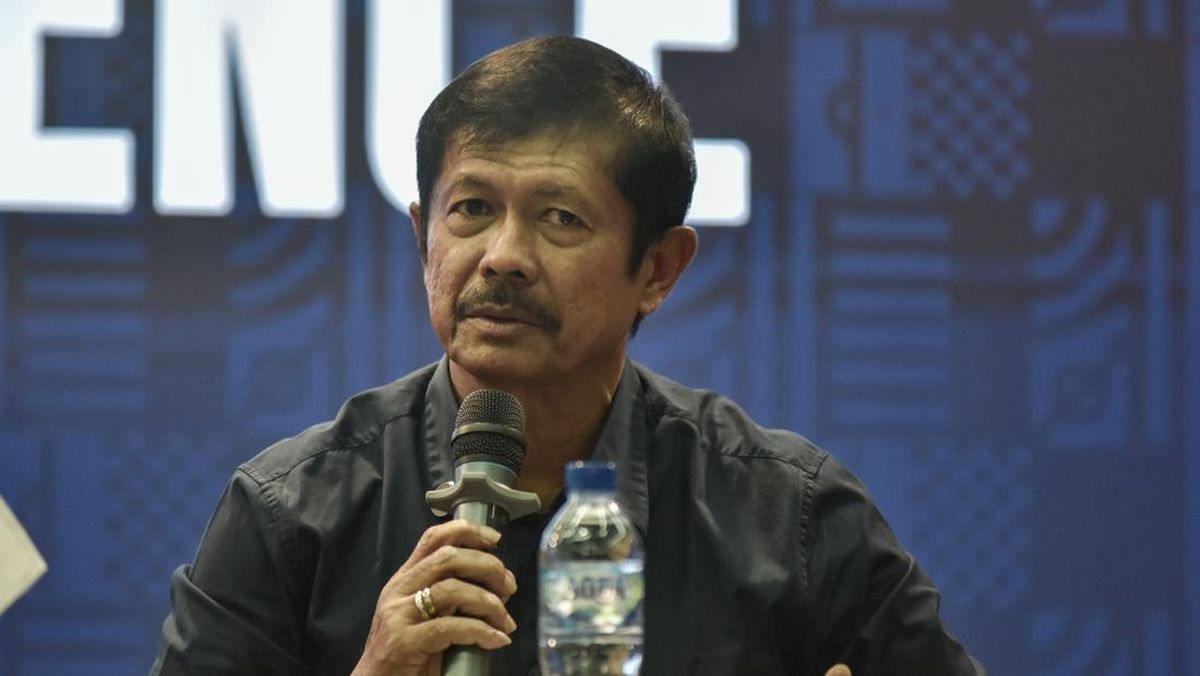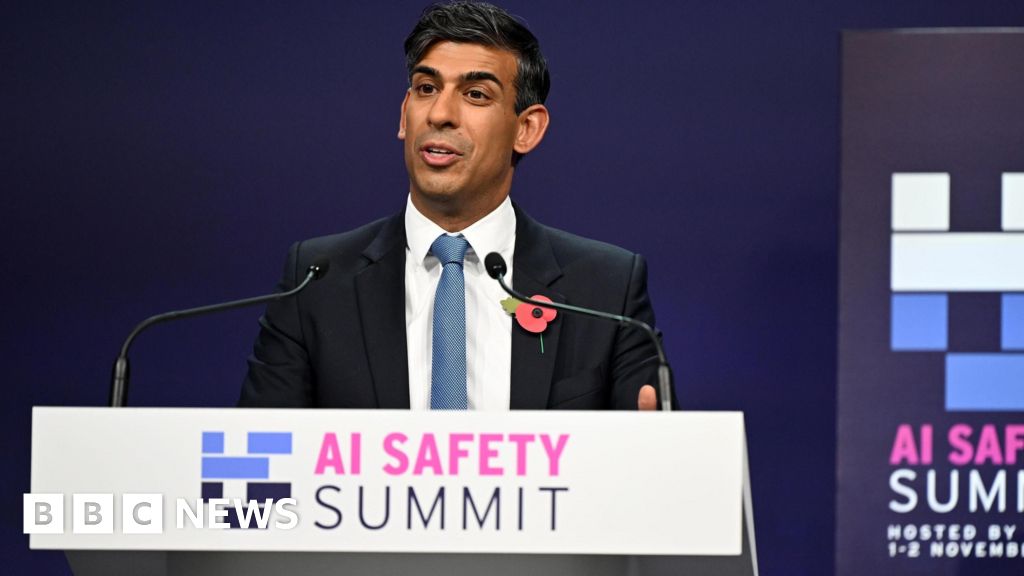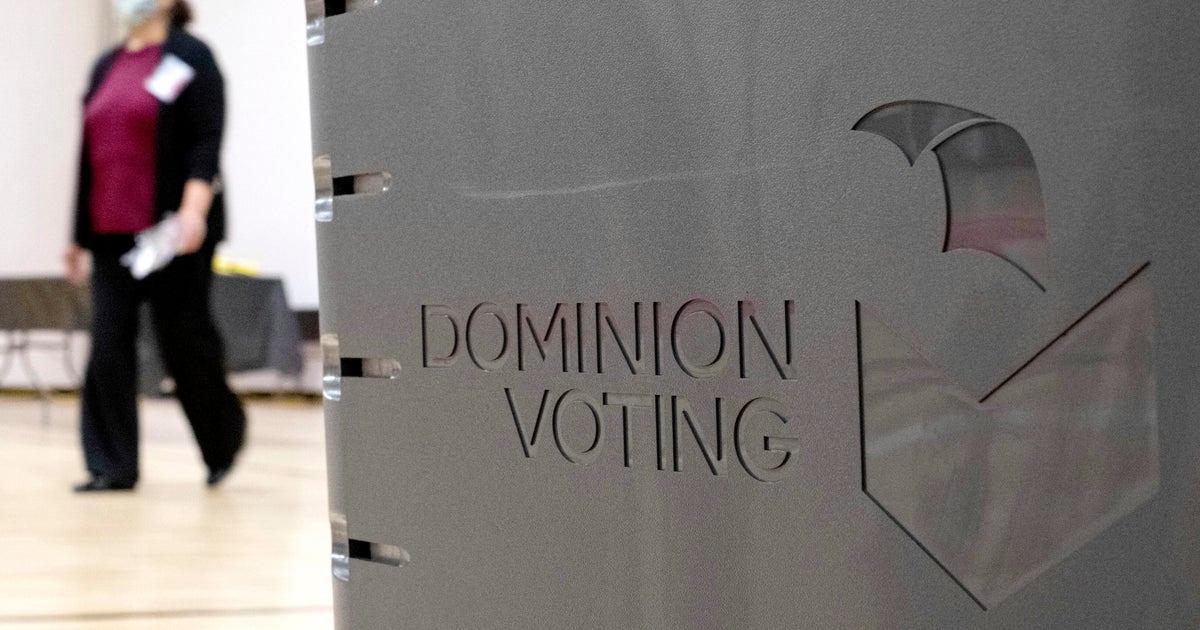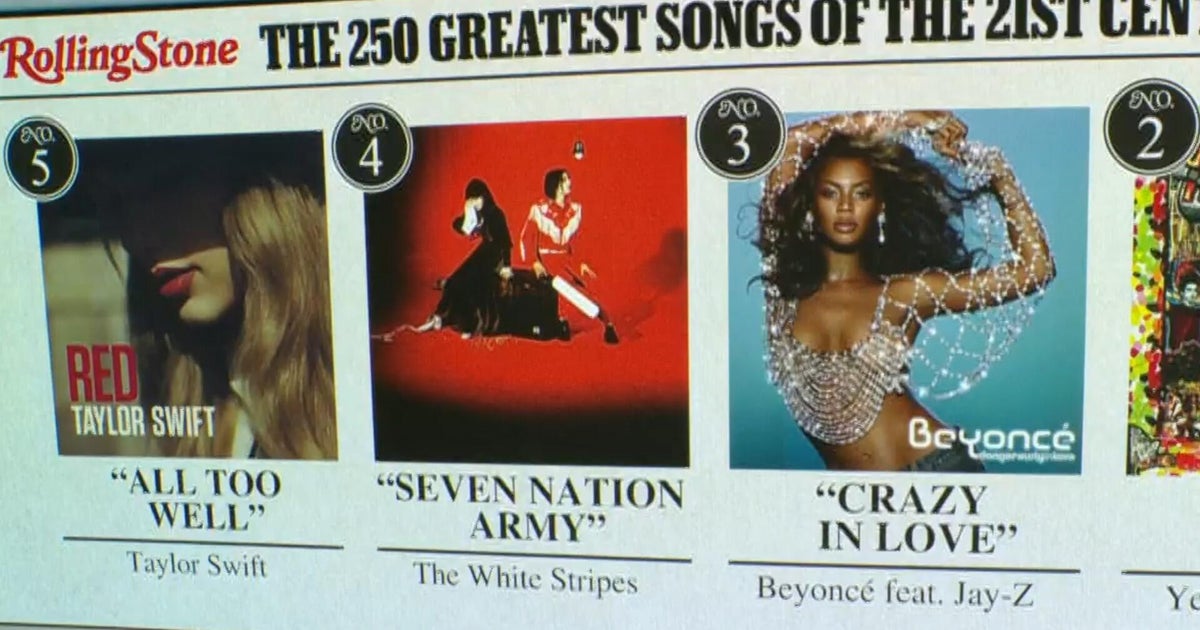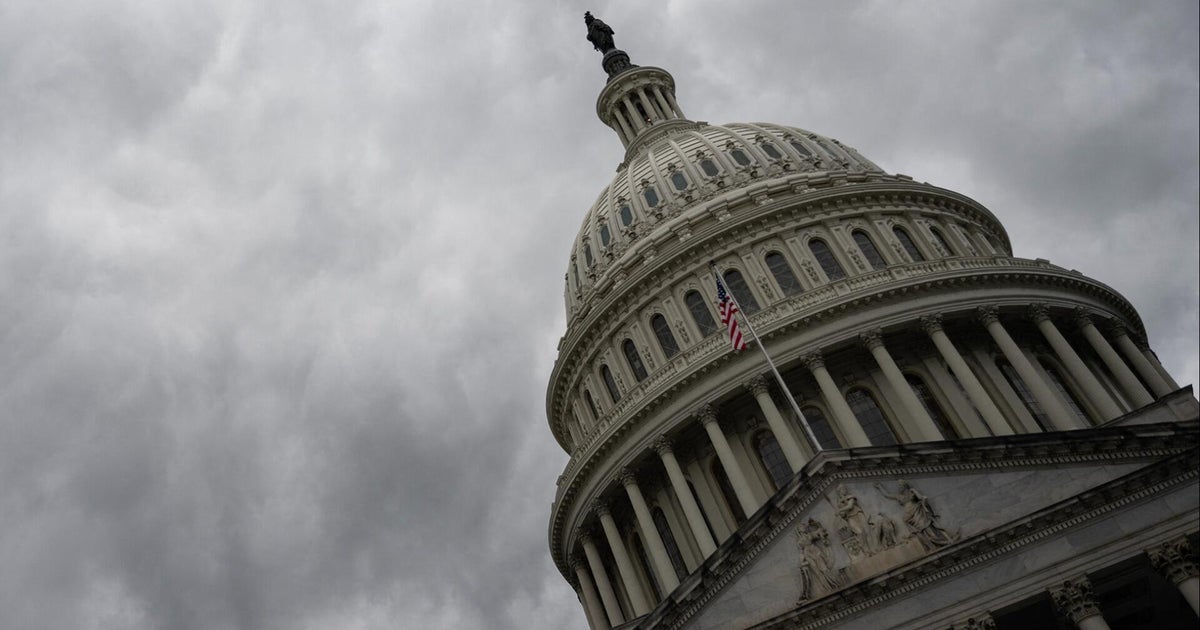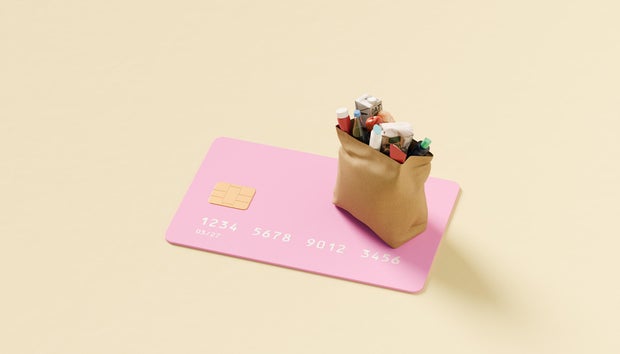 Inflation is making credit card debt more expensive and harder to manage for millions of Americans.
J Studios/Getty Images
Inflation is making credit card debt more expensive and harder to manage for millions of Americans.
J Studios/Getty Images
Remember when a cart full of groceries didn't require a small loan? For many Americans, those days feel like ancient history. Between surging food costs, elevated gas prices and rent increases, more and more people have been feeling the squeeze in their wallets due to today's inflation issues. And, if you're one of the millions who've felt your budget stretched thin by inflation, you may have noticed that your credit card is getting more of a workout at the checkout counter, too.
The relationship between inflation and credit card debt is more complicated and costly than most people understand. It's not just that more people are stuck using credit cards for purchases right now because costs are higher, though that is happening. The wider issue is that the credit card borrowing landscape has shifted to make carrying a balance significantly more expensive than it was just a few years ago.
This combination is reshaping how Americans borrow, spend and repay what they owe. But how exactly is inflation impacting your credit card debt right now? That's what we'll explore below.
Find out how you can take back control of your credit card debt today.
3 ways inflation is impacting your credit card debt right now
Here are a few critical ways today's rising prices are making your credit card debt more burdensome:
Inflation is helping to keep card rates stuck at record highs
One of the Federal Reserve's main tools for fighting inflation is raising its benchmark federal funds rate. While this rate doesn't directly set credit card APRs, it heavily influences them. After all, most credit cards have variable rates tied to the prime rate, which moves in lockstep with Fed rate changes.
After a rapid series of Fed rate hikes starting in 2022, the average credit card interest rate for accounts assessed interest is now sitting at over 22% — the highest level on record. And, while the Fed began cutting rates last fall, and is expected to cut rates a couple more times before the end of 2025, those cuts take time to filter through the system, and lenders aren't quick to lower rates on revolving credit products, either.
That means if you're carrying a credit card balance from month to month, you're likely paying significantly more in interest each month than you were just a few years ago. For example, a $10,000 balance at 22.25% APR could rack up nearly $200 in interest charges in a single month, and that's before making any progress on the principal.
Learn what debt relief strategies you can use to tackle your high balances now.
Everyday expenses are forcing you to rely on plastic
When everyday essentials like groceries, gas and housing cost more, millions of Americans have to find new ways to bridge the gap between their income and the cost of their essentials. For many, the simplest (though certainly not the cheapest) option is to put those expenses on credit cards.
This trend is already showing up in the numbers. According to the latest data, total credit card balances have surpassed $1.21 trillion, a record high. Much of that growth is being driven not by luxury spending but by routine household purchases that have simply become more expensive.
In other words, inflation is pushing cardholders to lean more heavily on short-term borrowing to maintain their standard of living. While this can offer temporary relief, it can also create a cycle where balances grow faster than they can be paid down, especially with today's high APRs.
Your payment is covering less principal than ever
When both prices and interest rates are high, your credit card payments don't stretch as far as they used to. Minimum payments may cover interest and fees, but those payments will hardly make a dent in the principal. And because inflation eats into people's disposable income, many cardholders can't afford to pay much more than the minimum each month right now. That combination makes repayment timelines balloon.
And, high inflation also indirectly affects cardholders' payoff approaches. With more income going toward essentials, fewer people have extra cash to put toward payoff strategies, like the debt snowball or avalanche methods, or toward lump-sum payments. This can keep credit card balances high for longer, increasing overall interest costs and making financial goals like saving or investing harder to achieve.
The bottom line
While inflation has cooled compared to recent highs, the ripple effects and today's sticky inflation issues are still being felt, especially when it comes to credit card debt. Elevated interest rates, an increased reliance on short-term borrowing and stretched household budgets are all creating a challenging environment for anyone carrying a balance.
So, if you're one of the many struggling to keep up with your rising credit card debt, it may be time to explore more targeted debt relief options, like credit counseling, debt consolidation or debt settlement. These approaches can help lower your interest costs and create a structured plan for becoming debt-free faster than you otherwise could.
Angelica Leicht is the senior editor for the Managing Your Money section for CBSNews.com, where she writes and edits articles on a range of personal finance topics. Angelica previously held editing roles at The Simple Dollar, Interest, HousingWire and other financial publications.




